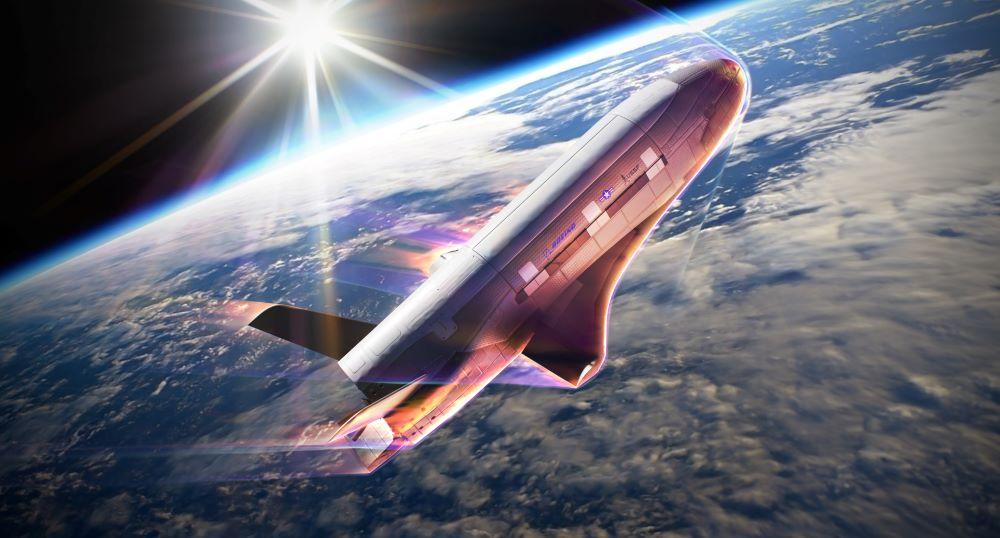
Artist's rendering of the X-37B conducting an aerobraking maneuver.
Credit: Boeing Space
The Pentagon’s X-37B spaceplane will begin executing a series of aerobraking maneuvers to change orbit in what the U.S. Space Force described Oct. 10 as “first-of-a-kind” actions. The Orbital Test Vehicle (OTV) will conduct a series of passes that use the drag of the Earth’s atmosphere to allow it...
Subscription Required
X-37B Spaceplane To Perform Novel Aerobraking Maneuvers is published in Aerospace Daily & Defense Report, an Aviation Week Intelligence Network (AWIN) Market Briefing and is included with your AWIN membership.
Already a member of AWIN or subscribe to Aerospace Daily & Defense Report through your company? Login with your existing email and password.
Not a member? Learn how you can access the market intelligence and data you need to stay abreast of what's happening in the aerospace and defense community.





